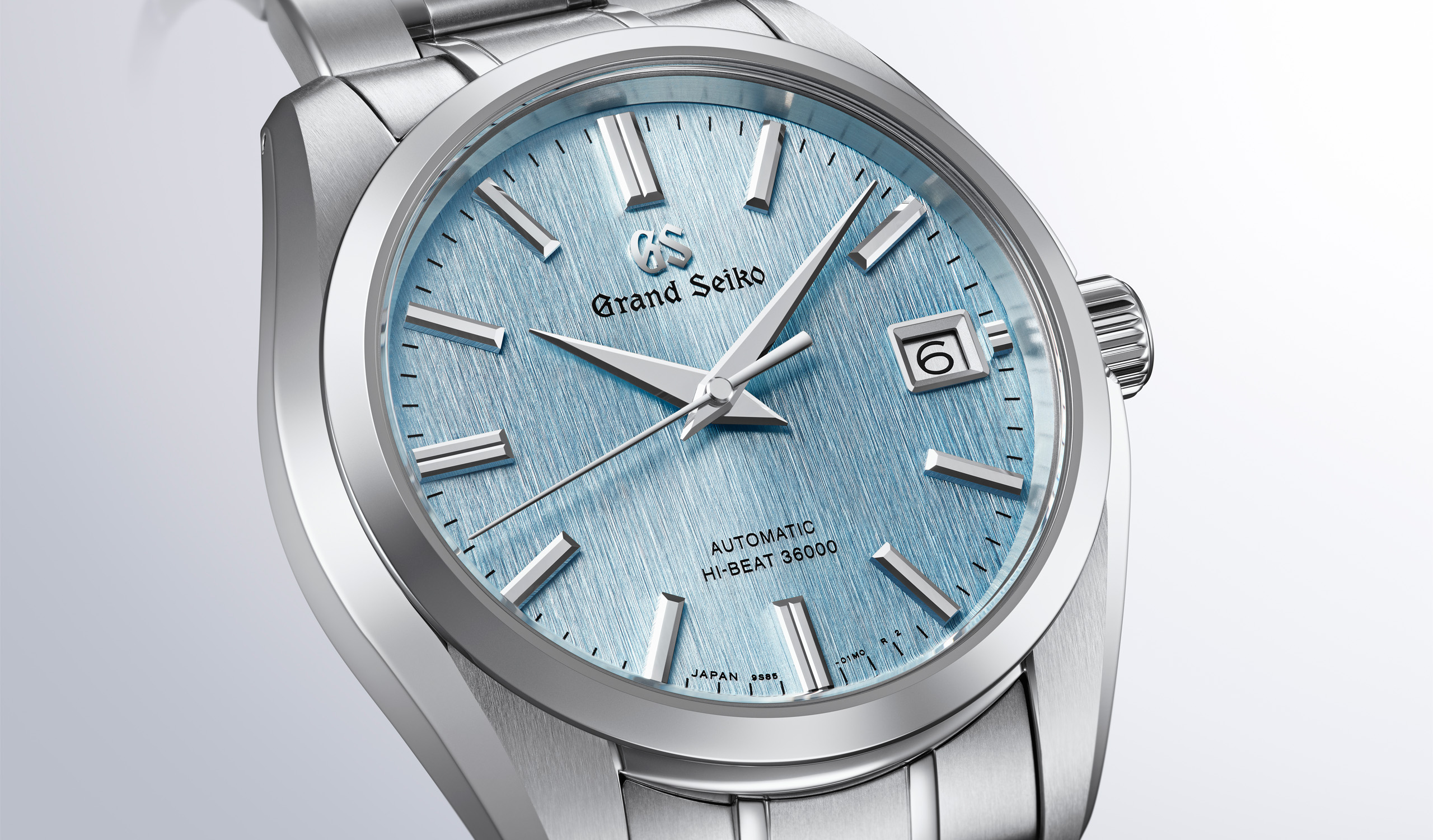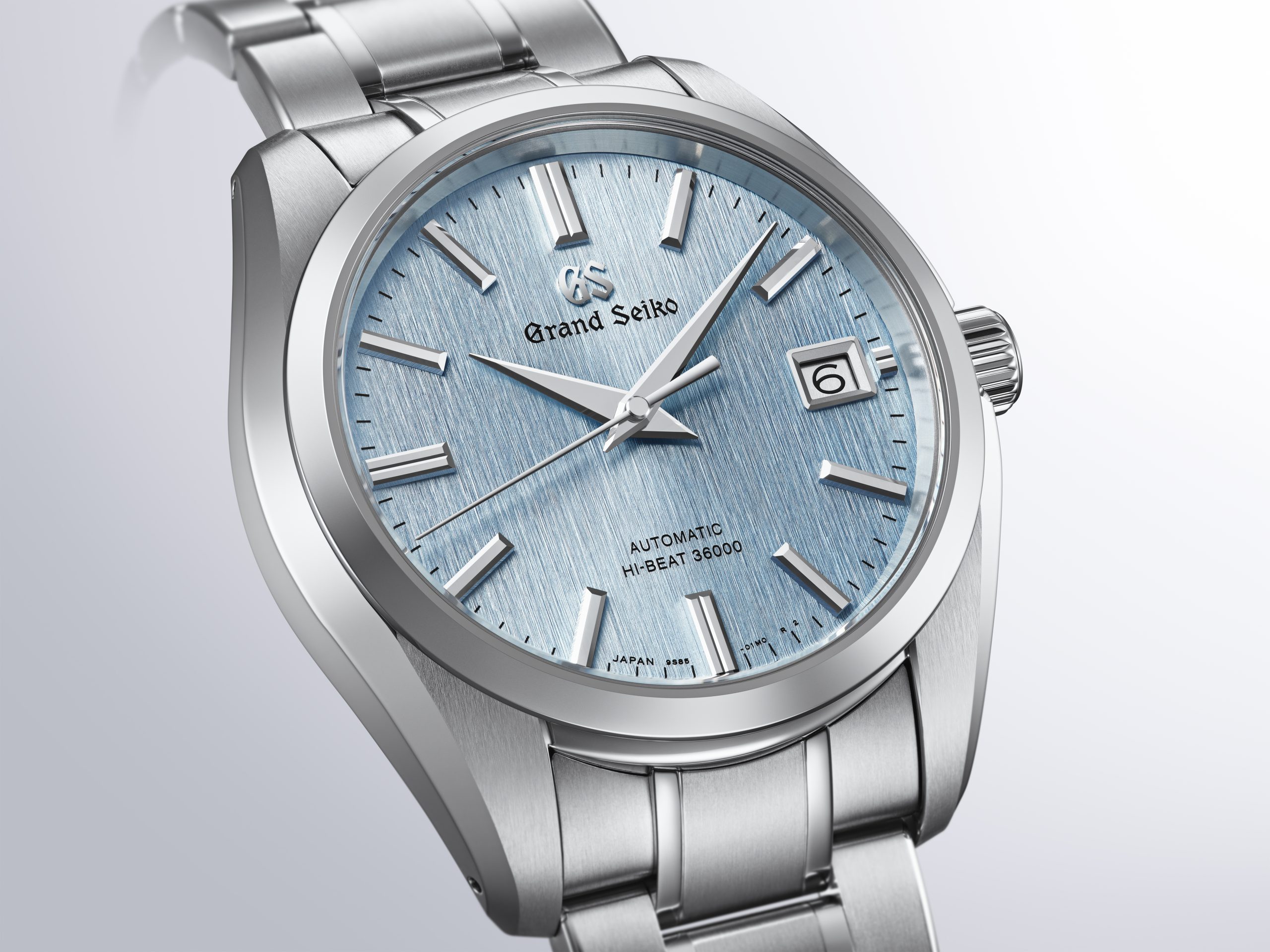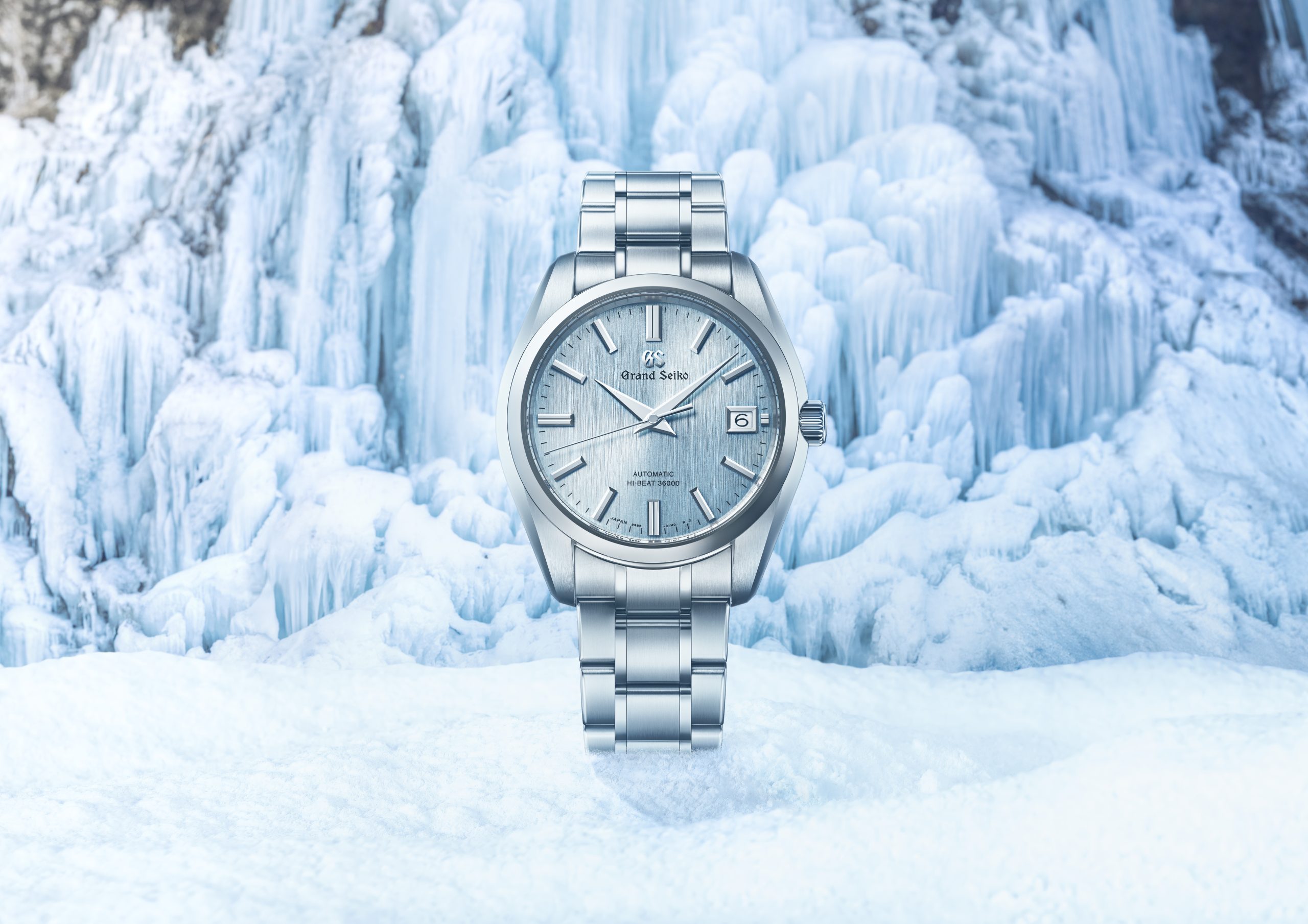
One of the reasons it took me quite a while to truly “understand” Grand Seiko might be the overwhelming presence of GS “fanboys” (of all genders, mind you). Their endless discussions about 9S85 or 9RA2 felt more confusing than enlightening. My initial lack of understanding came long before I began to appreciate the fascinating dial work that Grand Seiko is renowned for. Perhaps it’s because I’m not a numbers person – I never excelled in math. My relationship with Grand Seiko didn’t start with technical specifications. Rather, it began in the homeland of Grand Seiko: Japan.
I was invited to experience the production of the brand I had known since childhood, Seiko. I often saw Seiko’s fantastic watches advertised on the first pages of National Geographic, fueling my early fascination with timepieces. Visiting the production facilities and witnessing the assembly of movements and finished products profoundly impacted me. By then, Seiko was far from the first watch manufacturer I had visited—it was 2008, and I had seen many others. Yet, that trip to their production sites solidified a key realization: there are very few true manufacturers worldwide, and Seiko is one of them.
What truly stood out, however, was a moment I vividly remember. It happened at the “below a staircase” Micro Artist Studio at the Shiojiri production facilities, where I encountered the most complicated watches I had ever seen: the Credor Spring Drive Sonnerie. It was mesmerising. I recall telling the watchmaker that the sound of the hour repeater reminded me of meditation gong.
From that moment, I realised that Seiko is not just Seiko—it is so much more. This brings me to the subject of this article: Grand Seiko, the brand became independent in 2017.
After discovering that Seiko was far more than just my childhood admiration for Giorgetto Giugiaro’s Speed Master design—the one famously worn by the android Bishop in James Cameron’s Aliens (1986)—I began noticing the growing interest in Grand Seiko among my friends. Not only fellow watch writers, but also collectors that expressed their growing respect for the brand across various watch-related social media platforms.
As a curious person, I couldn’t help but be influenced by the praise for Grand Seiko. However, it wasn’t until 2018 that I truly appreciated the brand’s deep connection to nature and Japanese tradition, which so often serve as its sources of inspiration. It’s not just about the white birch trees, the annual cherry blossoms, or the seasonal colours and textures. There’s a certain poetic approach that goes beyond the exquisite case design, rich polishing, and impressive in-house movements.

One of the latest Grand Seiko models to capture my attention is the SBGH349, a 40mm “chef d’oeuvre” in High-Intensity Titanium from the Heritage Collection.
High-Intensity Titanium, harder than conventional titanium, resists scratches better and ensures the watch retains its elegant finish over time—all while being about 30% lighter than steel, making it supremely comfortable to wear.

The dial is a triumph of artistry. Inspired by the frozen cascades of Mount Iwate, its texture and colour evoke the icy waterfall Nanataki.
This natural phenomenon, visible in Iwate Prefecture, a hometown of Grand Seiko Studio Shizukuishi, transforms flowing water into striking sculptures during winter. Grand Seiko channels this raw beauty into an intricate dial pattern with a luminous bluish-white hue.
The result is not just a visually stunning watch but a poetic tribute to Japan’s natural wonders.
Both the 37mm and 40mm versions share this spectacular dial. However, the 40mm model carries a bit more wrist presence due to its larger size. Thanks to Titanium’s lightweight properties, this added size doesn’t translate to added heft though.
But wait. There is more.

If you can take your eyes off the dial, there is also a party in the back. It uses the automatic Hi-Beat calibre 9S85 with 36,000 vibrations per hour, a richly decorated movement that offers a daily precision of +5 to -3 seconds and a power reserve of approximately 55 hours when fully wound.
What sets a high-beat movement apart is its 10 beats per second (compared to the standard 8 beats per second of a typical 28,800 vph movement). This higher frequency results in a noticeably smoother motion of the seconds hand, elevating both the watch’s visual appeal and its technical sophistication.
However, high-beat movements are rare due to their complexity and the increased production costs they entail. This rarity and their performance make them a symbol of horological achievement.

Kristian Haagen – born 1970 – is a leading Scandinavian watch specialist and has been passionate about watches since childhood.
An industry veteran, Kristian has authored eight books on watches and engages a large community of enthusiasts on Instagram.
He also has a deep appreciation for Leica cameras.
